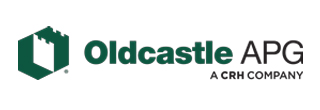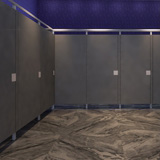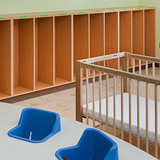JOIN US EACH AFTERNOON • FREE TO ATTEND!
Web-Series for Pennsylvania and Massachusetts

Web-Series for Pennsylvania and Massachusetts
Event Dates
Monday, July 20 | Tuesday, July 21 | Wednesday, July 22 | Thursday, July 23
Available Credits
8 AIA HSW/LU CE Hour(s)
Event Agenda
Monday, July 20, 2020
Monday, July 20, 2020 | 1:00 pm Central
|
Sponsored By PROSOCO 1 AIA HSW/LU CE Hour(s) 1 GBCI General Hour Learning Objectives:
|
Monday, July 20, 2020 | 2:00 pm Central
|
Sponsored By Wolf Home Products 1 AIA HSW/LU CE Hour(s) 1 GBCI General Hour Learning Objectives:
|
Tuesday, July 21, 2020
Tuesday, July 21, 2020 | 1:00 pm Central
|
Sponsored By Oldcastle APG 1 AIA HSW/LU CE Hour(s) Learning Objectives:
|
Tuesday, July 21, 2020 | 2:00 pm Central
|
Sponsored By Homasote 1 AIA HSW/LU CE Hour(s) 1 GBCI General Hour Learning Objectives:
|
Wednesday, July 22, 2020
Wednesday, July 22, 2020 | 1:00 pm Central
|
Sponsored By Scranton Products 1 AIA HSW/LU CE Hour(s) Learning Objectives:
|
Wednesday, July 22, 2020 | 2:00 pm Central
|
Sponsored By International Cellulose Corporation 1 AIA HSW/LU CE Hour(s) 1 GBCI General Hour Learning Objectives:
|
Thursday, July 23, 2020
Thursday, July 23, 2020 | 1:00 pm Central
|
Sponsored By Regupol America LLC 1 AIA HSW/LU CE Hour(s) 1 GBCI General Hour Learning Objectives:
|
Thursday, July 23, 2020 | 2:00 pm Central
|
Sponsored By Case Systems 1 AIA HSW/LU CE Hour(s) 1 GBCI General Hour Learning Objectives:
|




















